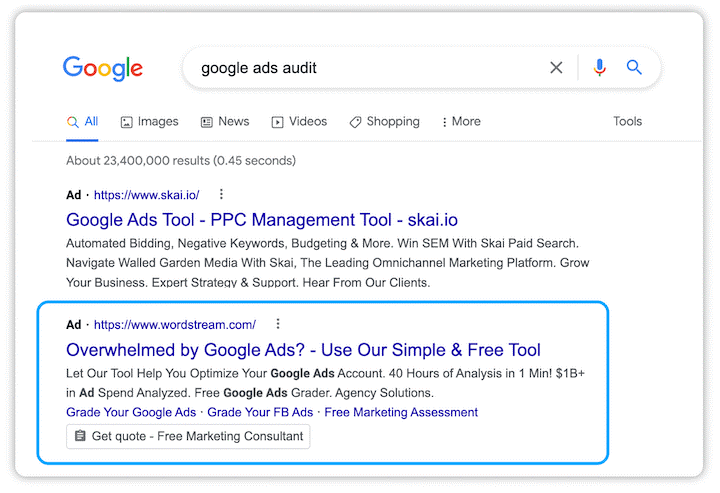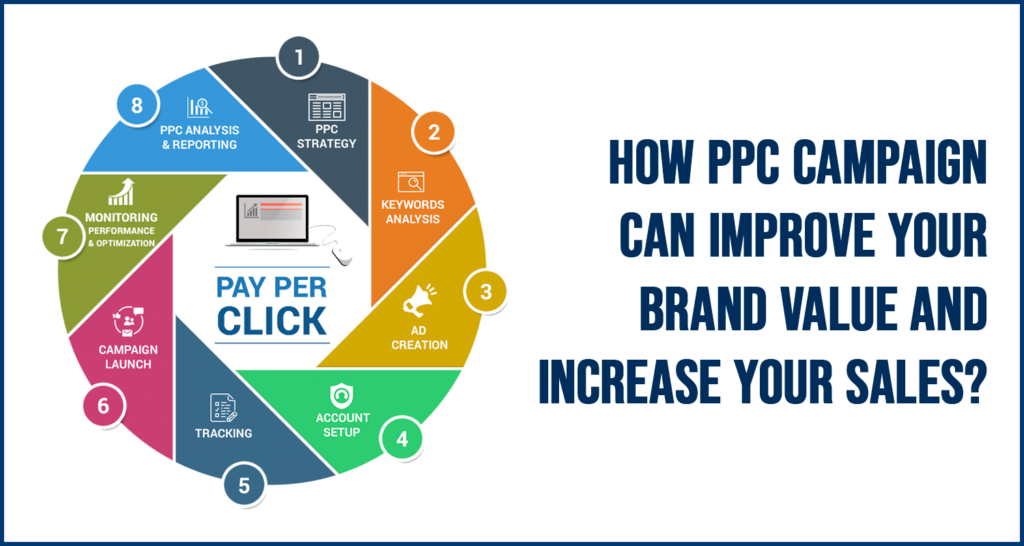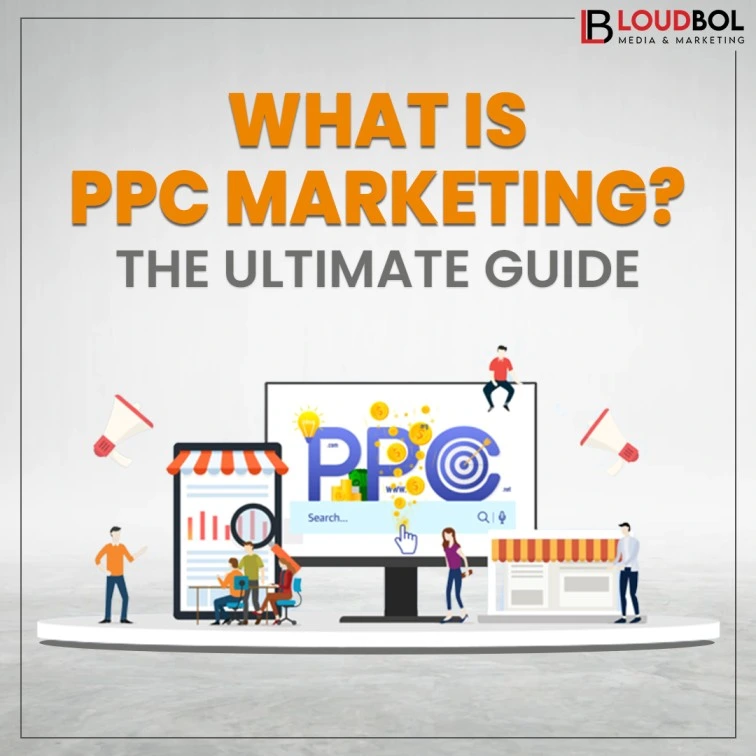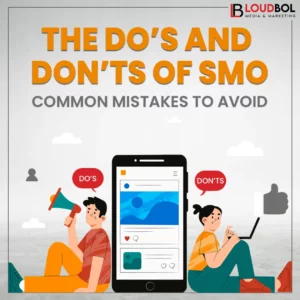
Table of contents
• Introduction
• What is PPC Marketing?
• Setting Up a PPC Campaign
• Targeting the Right Audience
• Optimizing Your PPC Campaign
• Measuring ROI and Analytics
• Conclusion
Introduction
Ready to delve into the world of pay-per-click (PPC) marketing? Brace yourself for an informative and entertaining journey that will equip you with the ultimate guide to conquering the realm of online advertising. From understanding the fundamentals of PPC marketing to optimizing campaigns and measuring ROI of PPC agency, we’ve got you covered.
So, grab a cup of coffee (or your preferred beverage), and let’s dive in!
75% Of People Agree That Paid Ads Make It Easier To Find The Online Information They’re Looking For, And 63% Of Online Searchers Say They Click On Paid Ads.
What is PPC Marketing?
PPC, or Pay-Per-Click, is an online advertising model where advertisers pay a fee each time their ad is clicked. It’s like going to a fancy restaurant and paying for each bite of delicious food you devour. Yummy, right? In PPC marketing, advertisers bid on keywords relevant to their target audience, and when someone searches for those keywords, their ad appears. It’s like waving your ad flag in the face of potential customers, saying “Hey, look at me!”

But how does it work? Imagine you sell trendy socks online (because who doesn’t love a snazzy pair of socks?). You do some keyword research, find terms like “cool socks” and “funky footwear,” and set up your campaign accordingly. Then, whenever someone types in those keywords, your ad pops up, enticing them to click. And every time someone does click, cha-ching! You pay the search engine a small fee.
Now, let’s talk about benefits!
PPC marketing gives you incredible control over your advertising budget. You decide how much you’re willing to spend per click, and you only pay when someone clicks your ad. Plus, PPC is super-fast. You can launch a campaign today and start seeing results tomorrow! It’s like having a personal cheering squad, encouraging PPC agency to soar to new heights.
So, that’s the scoop on PPC marketing. Don’t underestimate the power of this strategy. With the right approach, it can skyrocket your online presence and boost your sales. So, buckle up and get ready to conquer the digital advertising realm!
Setting Up a PPC Campaign
So, you’ve decided to dive into the wonderful world of PPC marketing. Congrats! Get ready to navigate through the land of bidding wars, keyword research, and trying to outsmart your competition with the most engaging ad copy.
Researching Keywords
The first step in setting up a successful PPC campaign is researching keywords. Don’t be fooled, this isn’t just a simple Google search. You need to dig deep and uncover those hidden gems that will attract the right audience to your ads. Be prepared to spend hours discovering the perfect combination of words that will bring you the highest click-through rates.

Creating Engaging Ad Copy
The creative part of setting up a PPC campaign. This is where you get to show off your persuasive writing skills and convince potential customers to click on your ads. It’s like writing a mini sales pitch but with character limits. Make your ad copy compelling, and unique, and maybe even throw in a pun or two to keep things interesting.
Setting Bids and Budgets
Once you’ve nailed down your keywords and crafted your ad copy, it’s time to set your bids and budgets. This is where you decide how much you’re willing to pay for each click and how much you’re willing to spend overall. It’s a delicate balance between trying to outbid your competitors without bankrupting your marketing budget.
Remember, setting up a PPC campaign isn’t for the faint of heart. It requires research, creativity, and a sharp eye for numbers. But don’t worry, once you master the art of researching keywords, creating engaging ad copy, and setting bids and budgets, you’ll be well on your way to PPC success.
Now, go forth and conquer the world of pay-per-click advertising! Your competitors better watch out because you’re armed with the ultimate guide to PPC marketing. May the bidding odds be ever in your favor!
Targeting the Right Audience
Targeting the right audience is crucial in PPC marketing. Understanding audience demographics allows you to narrow down your targeting and ensure that your ads are reaching the right people. After all, there’s no point in selling cat food to dog owners or promoting a vegan cookbook to meat lovers. Unless you want a good laugh or a bunch of angry customers, that is.
Utilizing audience targeting tools can help you refine your targeting even further. These tools provide valuable insights into your audience’s online behavior, interests, and preferences. It’s like having a spy on their smartphone, tracking their every move and secret desire. Okay, maybe not that creepy, but you get the idea.

With the right audience targeting tools, you can create custom audiences based on age, gender, location, and even specific interests. This allows you to tailor your ads to resonate with your target audience and increase the chances of conversion. It’s like speaking their language but without the need for a translator or a crash course in Klingon.
So, by understanding audience demographics and utilizing audience targeting tools, you can ensure that your PPC campaign reaches the right people at the right time. It’s all about narrowing down your target audience and hitting the bullseye with your ads.
Just remember, if you can’t hit the bullseye, don’t blame the arrow. Blame the target. Or your lack of targeting skills.
Optimizing Your PPC Campaign
So, you’ve set up your PPC campaign and now it’s time to optimize it. Hold your horses, my friend, because this is where the real fun begins. Optimizing your PPC campaign is like fine-tuning a race car – it requires precision, skill, and a lot of patience. But trust me, it’s worth it when you start seeing those conversion rates soar.
First, you need to keep a close eye on your performance metrics. It’s like watching a suspenseful movie, except instead of jumping out of your seat, you’re eagerly refreshing the analytics dashboard. Look out for metrics like click-through rate (CTR), conversion rate, and cost per click (CPC). These numbers will give you insights into your ad performance and where you might need some tweaks.

Speaking of tweaks, testing and experimenting with your ads is a must. It’s like being a mad scientist in a lab, except instead of concocting potions, you’re tweaking headlines, ad copy, and call-to-action buttons. Test different variations and see which ones resonate best with your audience. Don’t be afraid to get creative and think outside the box.
But wait, there’s more! Ad extensions are like the cherry on top of your PPC sundae. They allow you to provide additional information and boost the visibility of your ads. From site link extensions to call extensions, there are plenty of options to choose from. Want to tempt your audience with a mouth-watering offer? Add a promotion extension. Need to showcase your customer reviews? Throw in a review extension. Ad extensions are like little superheroes that enhance your ads and make them stand out in a crowded battleground.
Optimizing your PPC campaign is a never-ending journey. It’s like a relationship – it takes commitment, dedication, and a whole lot of testing. So roll up your sleeves, put on your thinking cap, and get ready to take your PPC game to the next level.
Now that we’ve optimized our PPC campaign, it’s time to dive into the world of ROI and analytics. But before we do that, let’s take a short breather. I’ll meet you in the next section – trust me, it’s going to be a wild ride!
Measuring ROI and Analytics
Ah, the moment of truth! It’s time to unleash your inner number cruncher and find out if all your hard work in the world of PPC marketing is paying off.
First off, we have tracking conversions. This is where you get to see those satisfying numbers that indicate how many people actually acted after seeing your ad. You’ll know if they purchased, filled out a form, or clicked on your website.

Next up, we have to analyze performance. This is where you get to play detective and figure out what’s working and what’s not. Are your ads getting the attention they deserve? Is your targeting hitting the bullseye? You’ll get all these answers and more by diving into the abyss of analytics. It’s like Sherlock Holmes, but with data!
And lastly, we have A/B testing. No, it’s not a cool new blood type. It’s a method that allows you to test different versions of your ads to see which one performs better. You can change the headline, the copy, the color, or even the placement. It’s like conducting a science experiment, but instead of bubbling potions, you’re experimenting with words and visuals.
Now that you’ve mastered measuring ROI and analytics, you’re one step closer to becoming a PPC marketing guru. Remember, numbers don’t lie (unless you’re talking about that one time they said 2 + 2 = 5). So keep tracking, analyzing, and testing to ensure your PPC campaigns are reaching their full potential.
Catch up with the previous head to learn more about optimizing your PPC campaign. Trust me, it’ll be worth it.
Conclusion
PPC marketing is a powerful tool that allows you to reach your target audience with precision and convert those clicks into valuable leads. Remember, researching keywords, developing engaging ad copy, and setting bids and budgets are the building blocks of a successful media marketing agency.
But it doesn’t end there! You must also focus on targeting the right audience by understanding their demographics and utilizing the incredible audience targeting tools available at your disposal. Don’t forget to optimize your campaign by monitoring performance metrics, testing and tweaking ads, and leveraging ad extensions to the best of your abilities.
Last but not least, measuring ROI and analyzing performance through tracking conversions, analyzing data, and conducting A/B testing will be crucial for your long-term success.




Average Rating